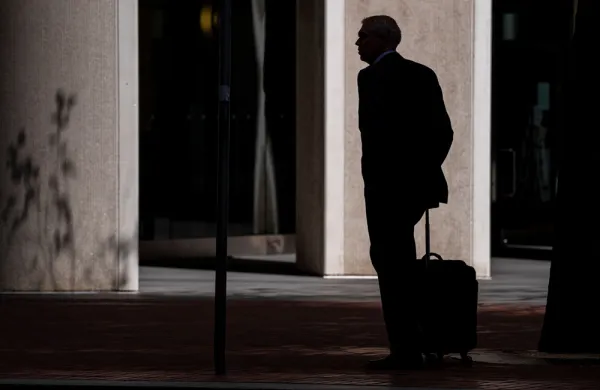As private equity firms bear the burden of continued macroeconomic challenges and rocky markets, managers anticipate declining returns, dampened fundraising, and broken deals.
According to Investec’s 2022 GP trends survey, private equity managers continue to prepare their portfolios for difficult market conditions, even as they remain relatively optimistic in their ability to deploy capital and raise money for new funds. The survey included respondents from over 150 private equity firms from July to August 2022.
Private equity firms believe they are facing some grim economic realities. Seventy-one percent of respondents said they expect rising inflation and interest rates to dampen the availability of financing for deals, and 55 percent said they expect more “covenant” — or contract — breaches in the next 12 months.
In preparation for a continued bear market, private equity managers are pumping up the liquidity. Thirty-six percent of respondents said that they’re thinking about increasing liquidity in their portfolios by lowering leverage multiples as a way to navigate “cash hurdles” amid interest rate hikes.
Nearly half of GP respondents said they expect their asset valuations to be lower in the next year than they were in 2021. Forty-one percent of respondents said they’ve already seen “broken deal processes” — failed mergers and acquisitions — in the past year.
“This picture stands in stark contrast to the red-hot markets of 2021, when assets were flying off the shelves, liquidity was abundant, and valuations [were] full,” the report said.
GPs are divided in their outlook on return potential in the coming months. Nearly half (47 percent) of firms said that they expect their returns to beat their 2021 numbers in the next two years. This sentiment is especially strong among larger funds, with 63 percent of respondents anticipating returns in the next two years that will be superior to what they saw last year. However, over half of the respondents expected their returns to be flat or to decline over the same time horizon.
“These splits in the market could have long-term implications for the shape of the industry,” the report said. “Some firms will be able to continue securing and deploying capital and attracting talent, but others may struggle as investors take a more selective approach to backing new funds and [favor] established names with long-term track records.”
Nevertheless, GPs are “cautiously optimistic,” the report said. Forty-six percent of respondents said they expect the size of their next fund to exceed its predecessor by 25 percent to 50 percent in size. One-fifth even expect their next fund to beat the previous one in size by anywhere from 50 percent to 100 percent. From the group of GPs that expect larger fundraising figures in the coming months, 73 percent said they also expect to deploy more capital in the next year.







